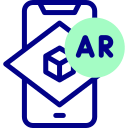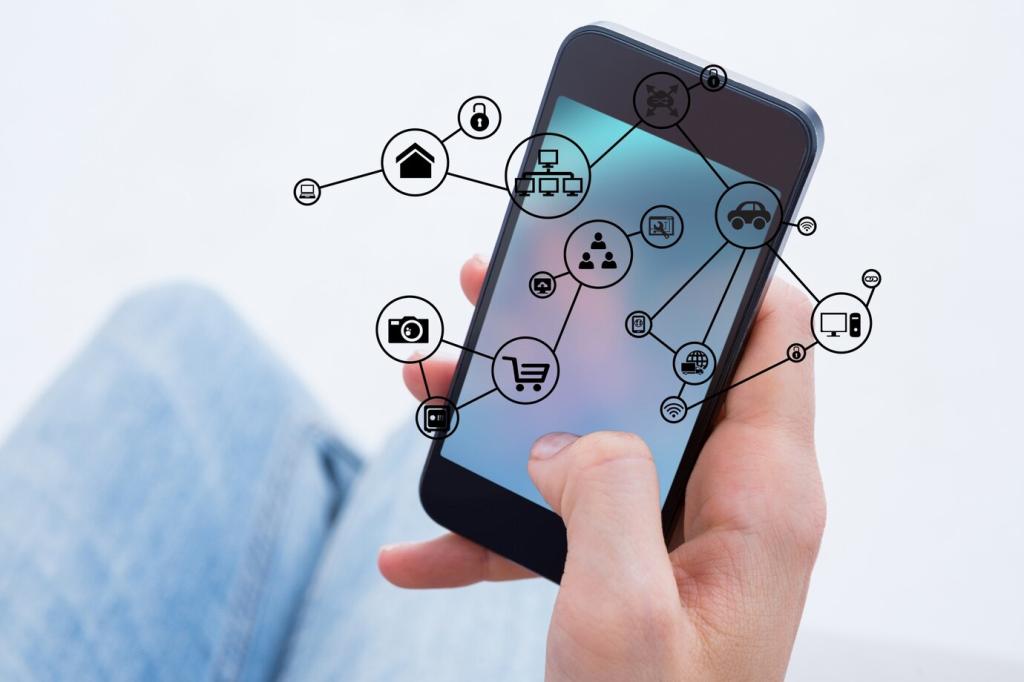
Future Trends in AR Mobile App Development: The Next Reality, Now
Chosen theme: Future Trends in AR Mobile App Development. Step into a practical, inspiring review of what is emerging right now—and how you can build, test, and ship spatial experiences people will actually love. Subscribe and share your questions to shape our next deep dives.
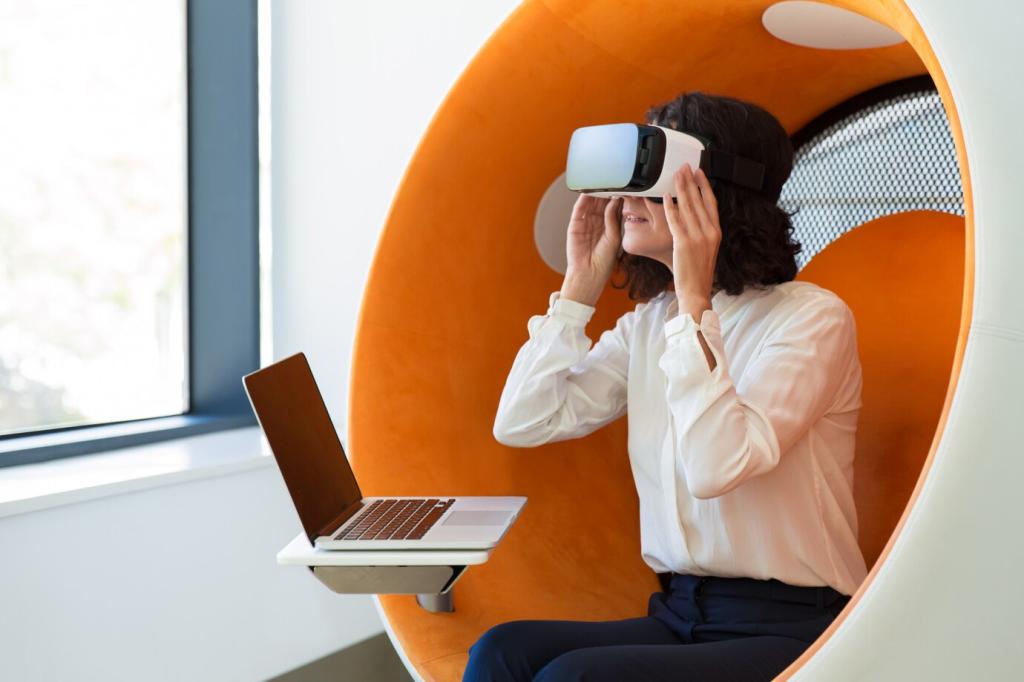
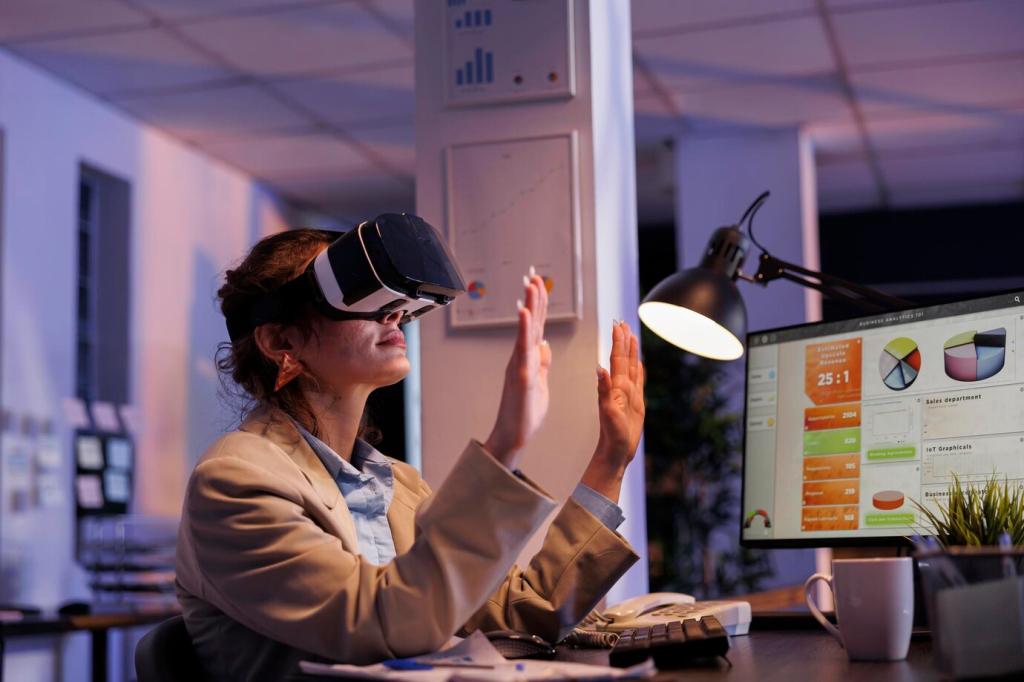
Designing for the Invisible Interface
Micro-gestures beat theatrical waving. Subtle pinch variants, glance-confirmations, and dwell-based selections reduce fatigue and social awkwardness. Teams now validate gestures in real pedestrian flow, not sterile labs, to ensure gestures survive crowded sidewalks.
Designing for the Invisible Interface
Spatialized audio guides attention without visual clutter. Earcons, soft haptics, and context-aware narration create calm experiences. Designers storyboard sound first, then add visuals only when necessary, boosting comfort for commuters and cyclists.

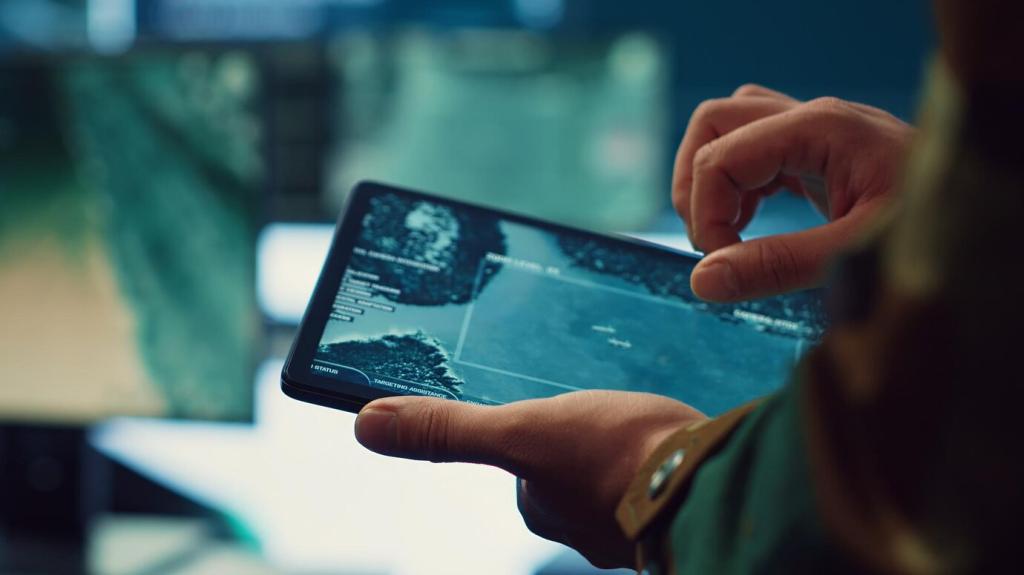
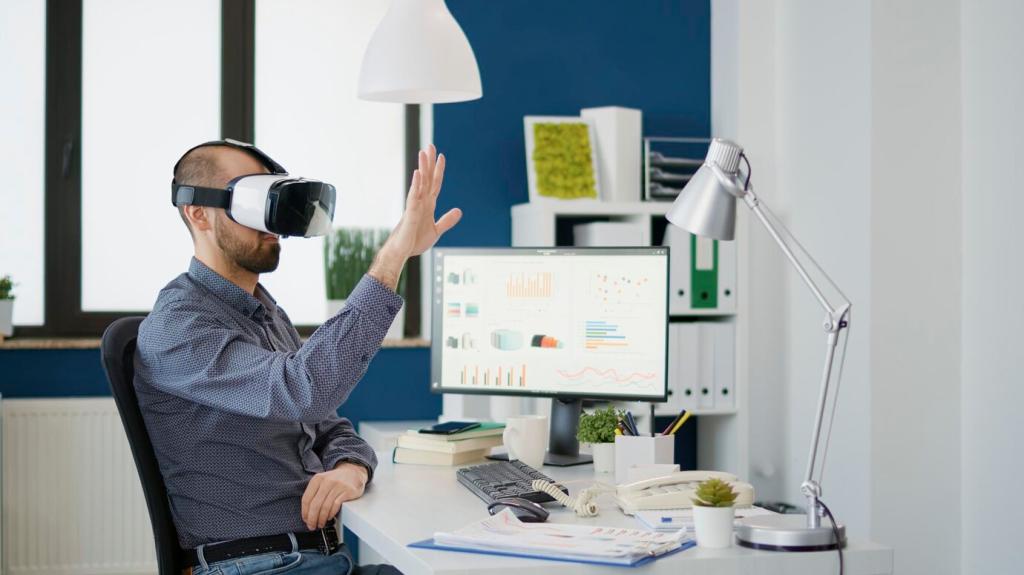
Cross-Platform AR: WebXR and Native Harmony
Shared scene graphs, universal anchors, and USD-based assets allow teams to deploy to iOS, Android, and the web without rebuilding content. Continuous integration pipelines validate device-specific shaders overnight for confidence at scale.
Cross-Platform AR: WebXR and Native Harmony
OpenXR, WebXR, and evolving depth APIs reduce fragmentation. Early adoption helps teams avoid lock-in, while enabling faster feature parity and predictable performance budgets across flagship devices and mid-range phones in emerging markets.
Monetization That Respects the Moment
AR measuring, maintenance, and training tools anchor recurring value. Customers renew when features save time every week. Clear ROI dashboards in-app turn skeptical managers into champions who defend budgets during downturns.
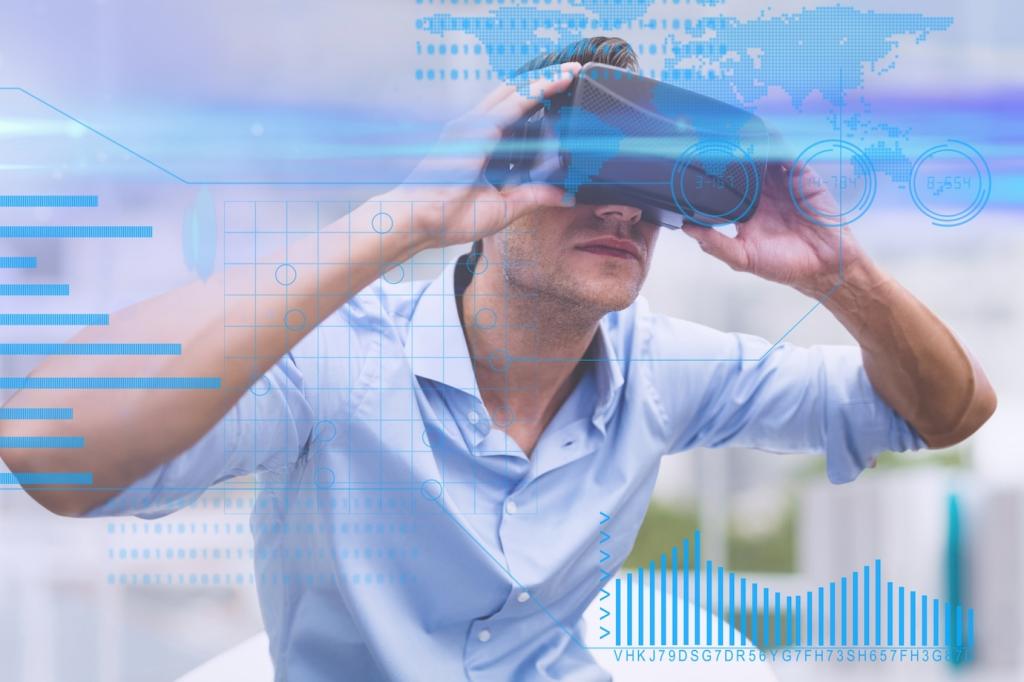
Monetization That Respects the Moment
Place-to-purchase flows should minimize taps. Persistent carts, anchored product tags, and true-to-scale previews reduce returns. Retail partners love reduced uncertainty, while users appreciate confidence before buying furniture, paint, or custom-fit accessories.

Creators, AI, and the Tooling Renaissance
Text-to-3D pipelines produce prototype props quickly, with style locks ensuring brand consistency. Teams still retopologize and bake materials, but ideation speed doubles, letting usability testing start days earlier than previous cycles.
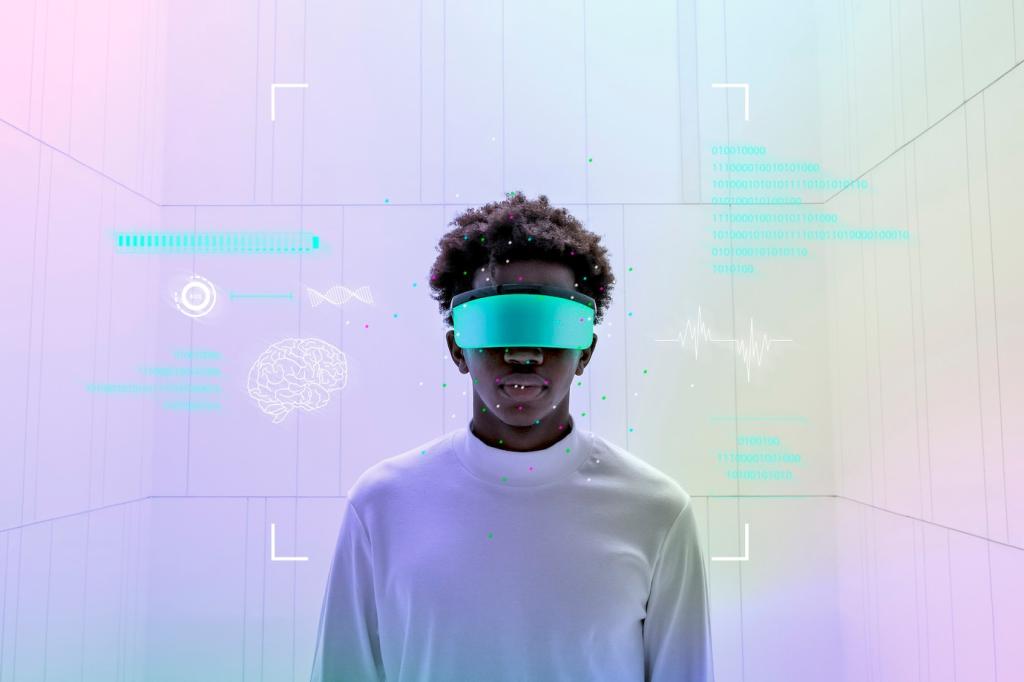
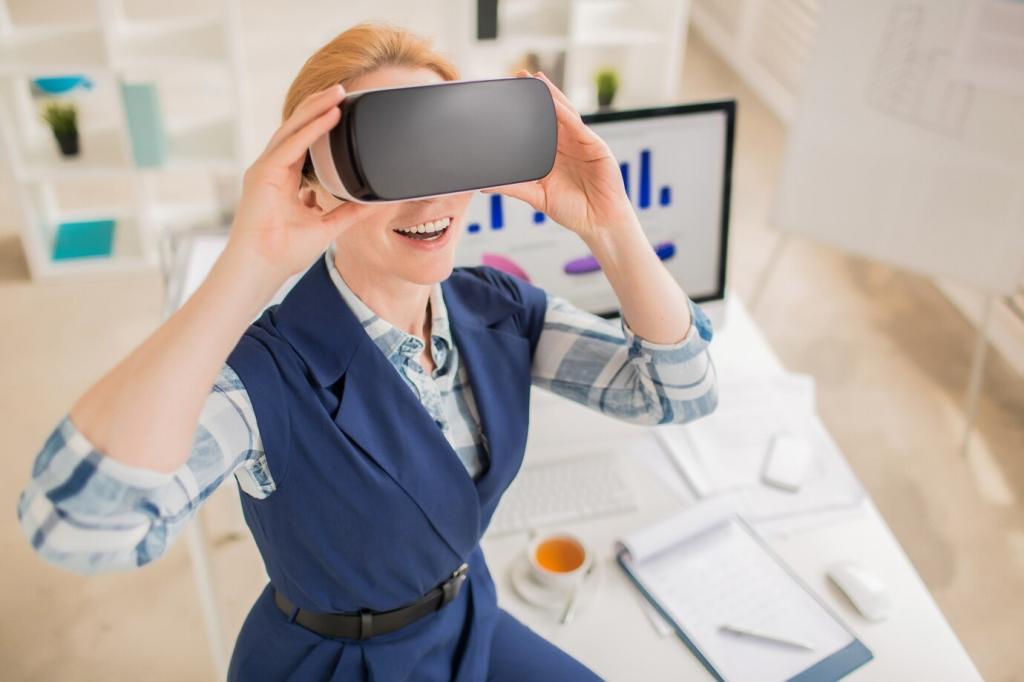
Measuring Impact and Iterating in the Wild
Create lightweight digital twins of real venues to rehearse occlusion, lighting shifts, and crowd dynamics. Then validate on-site with quick toggles for troubleshooting, capturing annotated clips for engineering follow-up later.
Measuring Impact and Iterating in the Wild
Aggregate anchor drift, relocalization frequency, and frame drops without storing identifiable footage. Clear toggles and retention windows build trust while still giving teams the insights needed to boost stability week over week.
